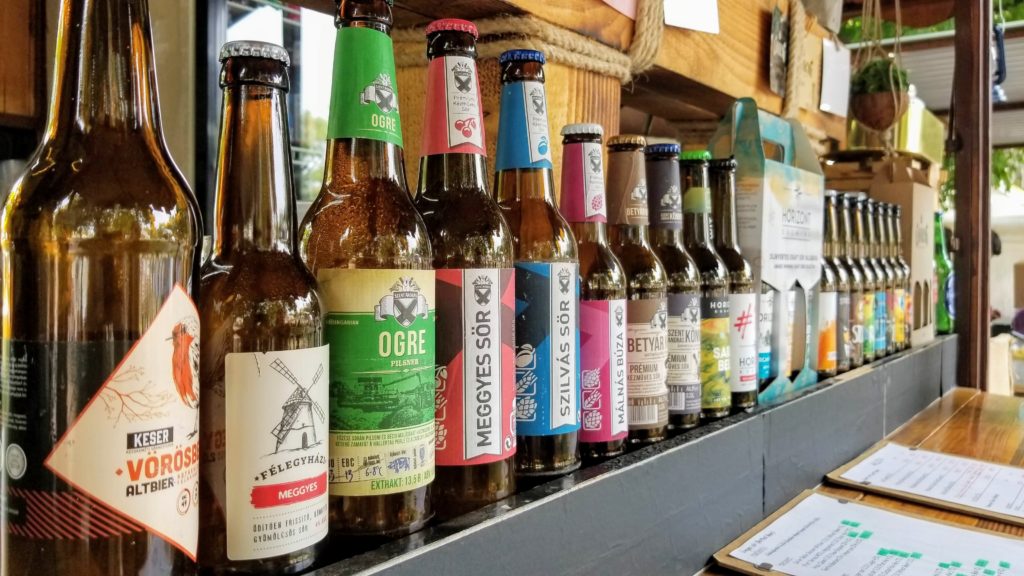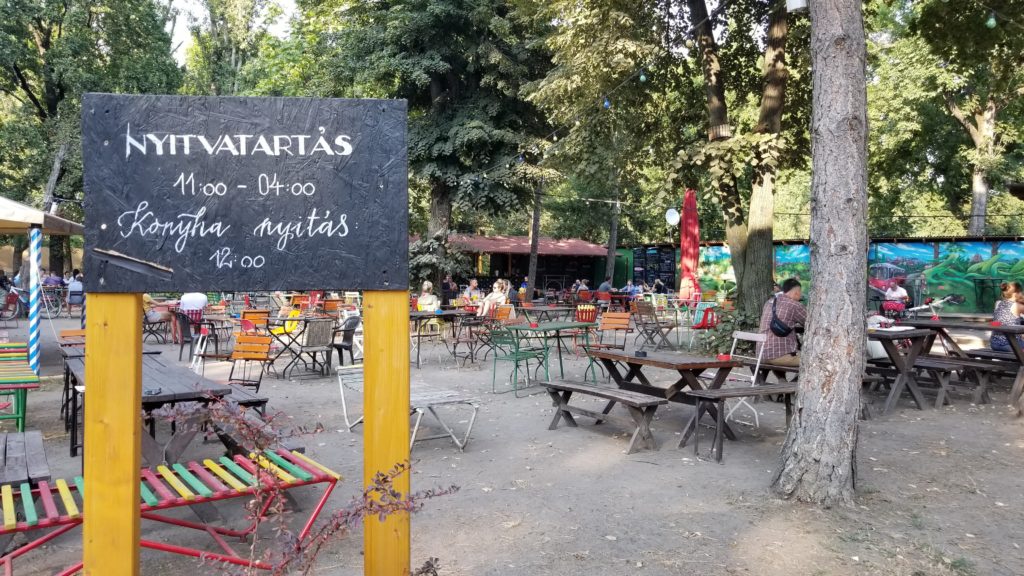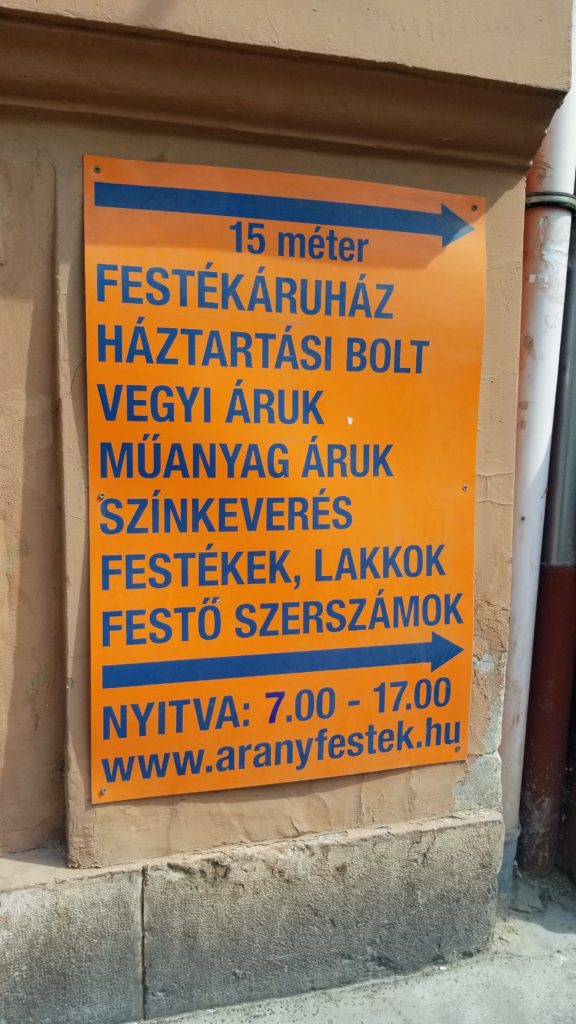Today I want to write about manifesting (or what I later define as “Making Things Happen with My Mind”), but I’m nervous. I wish to write about it because I’ve had recent success I think others can learn from, but I’m scared because I fear readers will either mentally check out or try to physically check me in at the first mention of this subject.
Maybe I need to find a different word because manifesting sounds too “out there”, “new age”, and, well, whacky. Perhaps an alternate word will make the topic more feasible?
Since I’ve been in Mexico for the better part of a month, I see no better place to start the search for this new word than with Spanish.
There’s a common word in Spanish, the verb “hacer”. This is the first word that comes to mind as a potential substitute for Manifesting. I’ll be honest, to my non-fluent ears hacer seems to be used in so many varied situations that I’m unable to describe its job properly. When I look the word up, however, the most common English translations are “to do” or “to make”.
That’s a good start.
Wordsmithing this a bit, I take the second translation “to make” and then add the word “happen” to the end. That feels a bit better.
The thing is, in my western culture when we talk about making things happen, we usually think of putting physical hard work and exertion in place. Manifesting is different.
Instead of exerting and pushing externally, much of manifesting happens internally. It’s about setting a goal, aligning energy, thoughts, and feeling with that goal, then letting go. Knowing this, dare I say that Manifesting equals making things happen with my mind?
But Wait! There’s Research (Kinda)
Ok, I’m not sure if this sounds any better BUT, maybe pointing out that there IS actual scientific research highlighting my ability to make things happen with my mind might help. In fact, this is the fancy quote from said research which gives me hope that I’m not insane when discussing this topic:
“It is able to represent more adequately than classic concepts the neuroplastic mechanisms relevant to the growing number of empirical studies of the capacity of directed attention and mental effort to systematically alter brain function.”
Directed attention and mental effort to systematically alter brain function doesn’t PROVE that making things happen with my mind is real, BUT it does suggest that directed attention alters how my brain works. From this I can hypothesize that maybe altering how my brain works changes how I act or don’t act when it comes to meeting my goals. And maybe this change in response is what manifesting is all about?
Maybe.
Either way, I’m counting the research as a first piece of evidence. The recent events which happened to me are what I count as a solid second.
Recent Event #1
The first event is a smaller one. A few weeks ago I was looking over my annual finances, and even though I’ve been doing pretty well this year, I noted how having one more small, non-intensive project to give me an extra influx of cash for the holiday season would be perfect.
Realizing I didn’t have the energy to push forward with additional business development or marketing to land said project, I took another approach. I set the goal of said project, imagined what having it would feel like, then let go.
That’s right, instead of churning and putting all my energy towards finding a gig, I simply detached myself from the outcome. I didn’t think about it, nor did I wish for it. I just let it be.
Several days later I received an email from a client I hadn’t heard from in years. They had a desire for a two week project that paid pretty well, and required little effort.
Reading this email I felt the exact same feelings I had envisioned. We were able to set the project up quickly, and in no time we were on our way towards extra cash (and making our client happy).
Yeah, success.
Recent Event #2
When I booked my travel to Mexico, I knew I’d be in the country for one of their biggest holidays, Dia de Los Muertos (Day of the Dead). I greatly desired to learn more about the holiday while I was in Xalapa, and I longed to be part of the celebrations. My greatest wish was to talk to local people about how they celebrated and what the holiday meant to them.
Unfortunately, I knew zero people in Xalapa with whom I could celebrate. Instead of researching Day of the Dead meetups or expat groups or some other option, I chose to go inward. I visualized what I wanted, aligned with why I wanted it, and then let go.
A few days later, on the Tuesday before, I was in the kitchen of my AirBnb host. He, a Dutch man, was helping two of his long time Mexican friends to practice English. As a native speaker, I was invited to join.
Several minutes into our chatting, the wife of the pair said to me, “You must celebrate Muertos with us. Thursday we will take you to the center of the city. Then Saturday, you will come to our house to see our alter and eat with us. Sunday, we will take you to Naolinco, a very famous town for Muertos celebrations.”
I was floored. Right before me was an entire itinerary that met my original intentions, and all of it was created without one bit of grind and hustle on my part. To say I felt a little bit like I had superpowers would be an understatement.
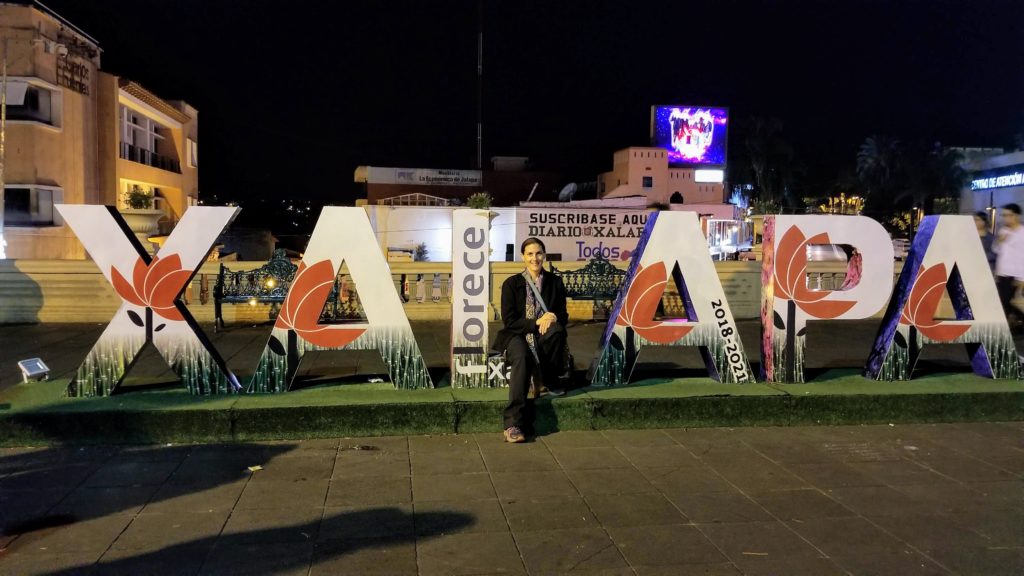
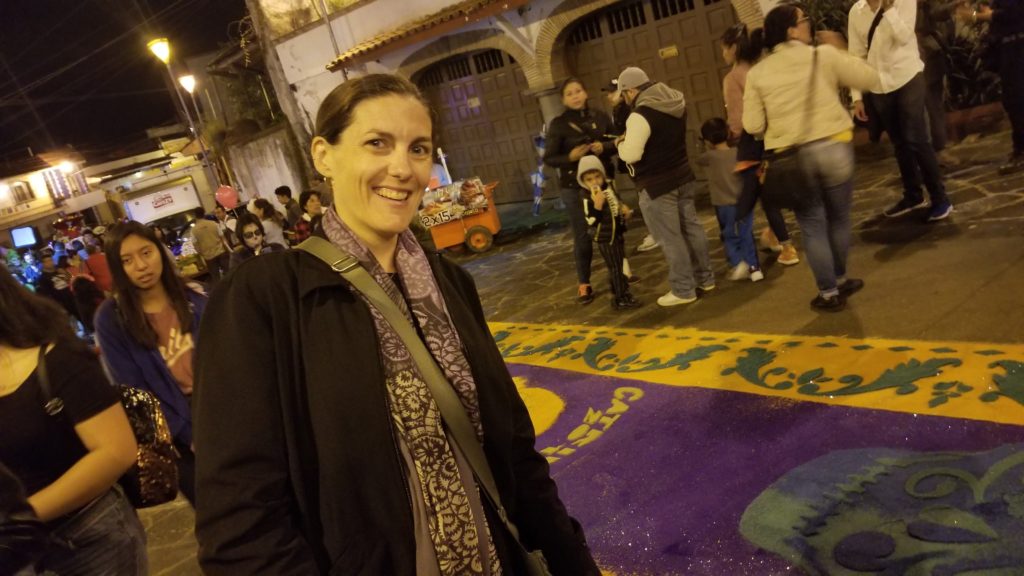




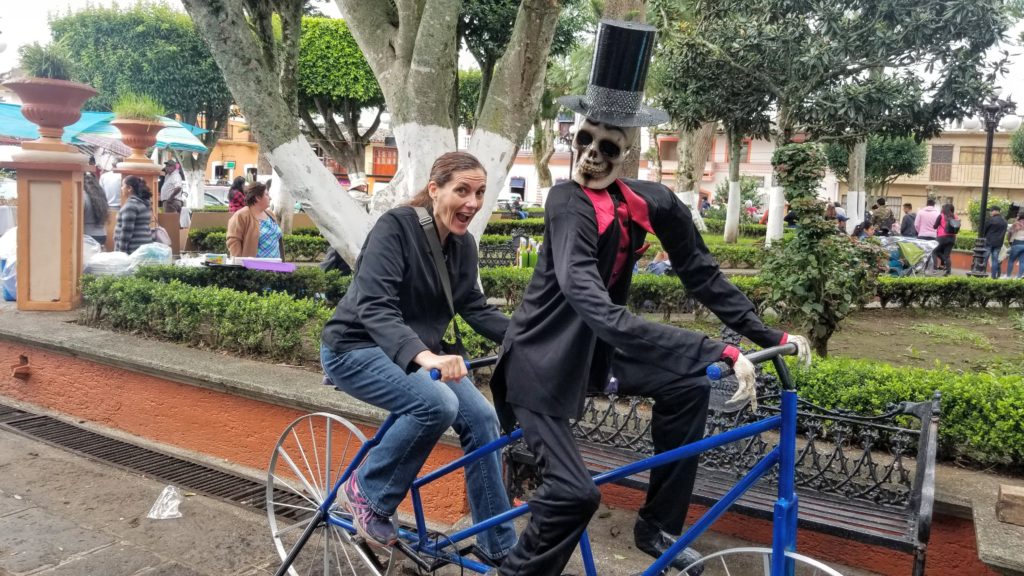
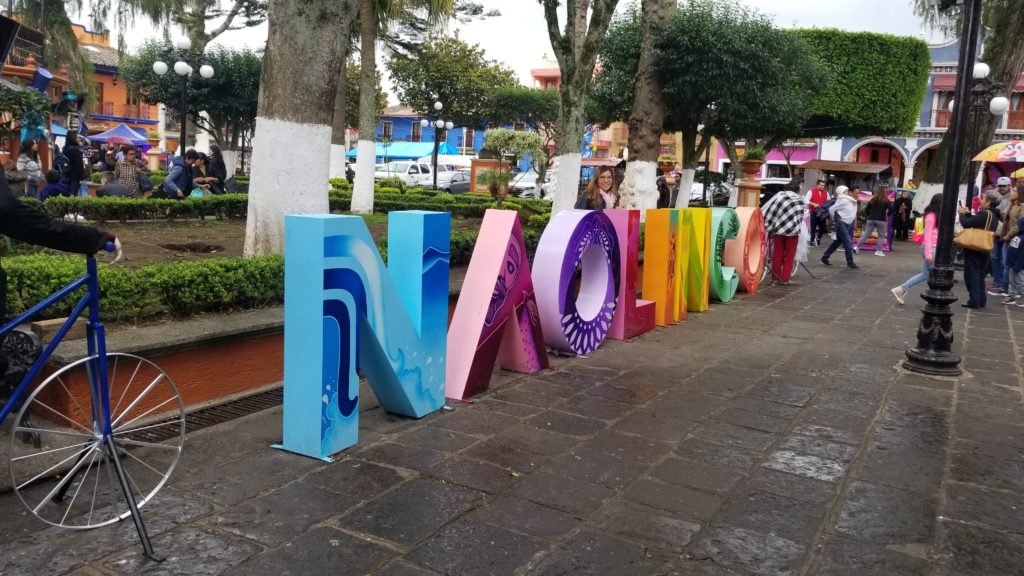
Great examples, BUT how can I be so sure?
I’m the first to admit that the idea that I somehow made these things happen with my mind can seem out there. But, being that I actually LIVED these examples it’s hard for me to deny the premise completely. This conflict made it clear to me that further investigation was needed.
My first step was to look further at the idea that I had made these things happen with my mind. Sure, I thought that’s what I had done, but since I know that thinking something doesn’t make it true, I had to dig deeper.
To do so, I examined if and how others talk about the concept of making things happen with the mind. What research had been done? What results surfaced?
In my investigation, I found several resources which discussed the concept. These, coupled with the research I cited earlier AND with my own experiences further solidified my theory. (NOTE: I will, of course, continue to investigate.)
Another interesting finding was that many of these resources echoed my own experiences. For example, in each, having a clear vision of the goal and aligning with the feeling surrounding that vision was paramount to success. In addition, most of the resources also noted the importance of letting go.
Bringing Together My Investigations
I reflected on both of my alleged manifestations. In both, I set clear goals. In the case of the project my goal was to “have some extra cash”. In the case of celebrating Day of the Dead it was “to learn more about the holiday”.
In both I visualized what each of those outcomes would feel and look like.
In example 1, I saw myself landing a client quickly, felt the project being non-labor intensive and the client being highly satisfied, imagined myself having extra cash, and felt the relief that came as a result.
In example 2, I felt the joy of being seated at a table with friends and festive foods. I imagined myself in the midst of skeletons and colors, and felt the wonder of learning more.
Sure I didn’t know the details of these imaginings, but I could envision what they might feel like. I walked through these events as best I could. Then, when I got to the question of “How do I make this happen?” I did something REALLY IMPORTANT.
I answered, “I don’t know”.
Then, I detached myself from any results, and did absolutely NOTHING else.
I was STILL making something happen though.
The beauty of it all is that during this process I described: setting a goal, having clarity on how the outcome of the goal would feel, aligning with the feelings and letting them sink in, and then, most important, letting go of the result, I was in effect doing or making something happen.
The key was, I wasn’t pushing in order to bring my desires into being. In fact, I didn’t care about the outcome at all! Instead I was accepting my current state with or without the result, while knowing that IF my goals came to pass they would make me more whole.
“I’ve tried this before…”
Before these recent events, each time I saw an article on making things happen with the mind or “manifesting” I scoffed thinking, “I’ve tried this ‘manifesting’ before, and it doesn’t work”! Now, I see my error.
I tried.
In the past I put external effort to the forefront. I had checklists and action plans, and I clung to my end result. I found articles and instead of reading between the lines and finding my truth, I pushed until I checked off each and every step; never seeing the result I told myself I had envisioned.
During these times I blinded my clarity with desperation. Instead of letting go, I focused on grasping and needing things to happen.
I did this because letting go felt like being lazy or giving up, and lazy people aren’t worthy people. More, I desperately wanted to feel worthy of the outcome I desired..
I know now that letting go isn’t giving up. Instead it is giving the subconscious brain time and space to “direct attention and mental effort to systematically alter brain function.” It’s trusting instead of grasping.
And of course, Buddhism holds the key
When making things happen with my mind, there is action and effort, but as the Buddhist texts teach this effort needs to be “right effort”. Better defined here as:
“The most basic, traditional definition of Right Effort is to exert oneself to develop wholesome qualities and release unwholesome qualities.”
I need to set my goals (and make sure they align with making me more wholesome), align with how attaining them will feel, and let go (i.e. let go of the unwholesome qualities of pushing and grasping).
To me this is taking the right effort to bring wholesome actions from my internal thinking into my external world. This is making things happen with the mind, and I’m further convinced that it is 100% possible.
Making things happen in this way is much harder than following a plan or checklist. The latter includes social proof that others have succeeded. The former involves walking where there is no path, and this means little validation and even less knowing.
Walking my own path forces me to trust my beliefs, have faith in myself, and not concern myself with outcomes to prove myself to others.
It’s hard to walk such a path, but from what I’ve learned creating that path is not only possible, it’s half the fun.



